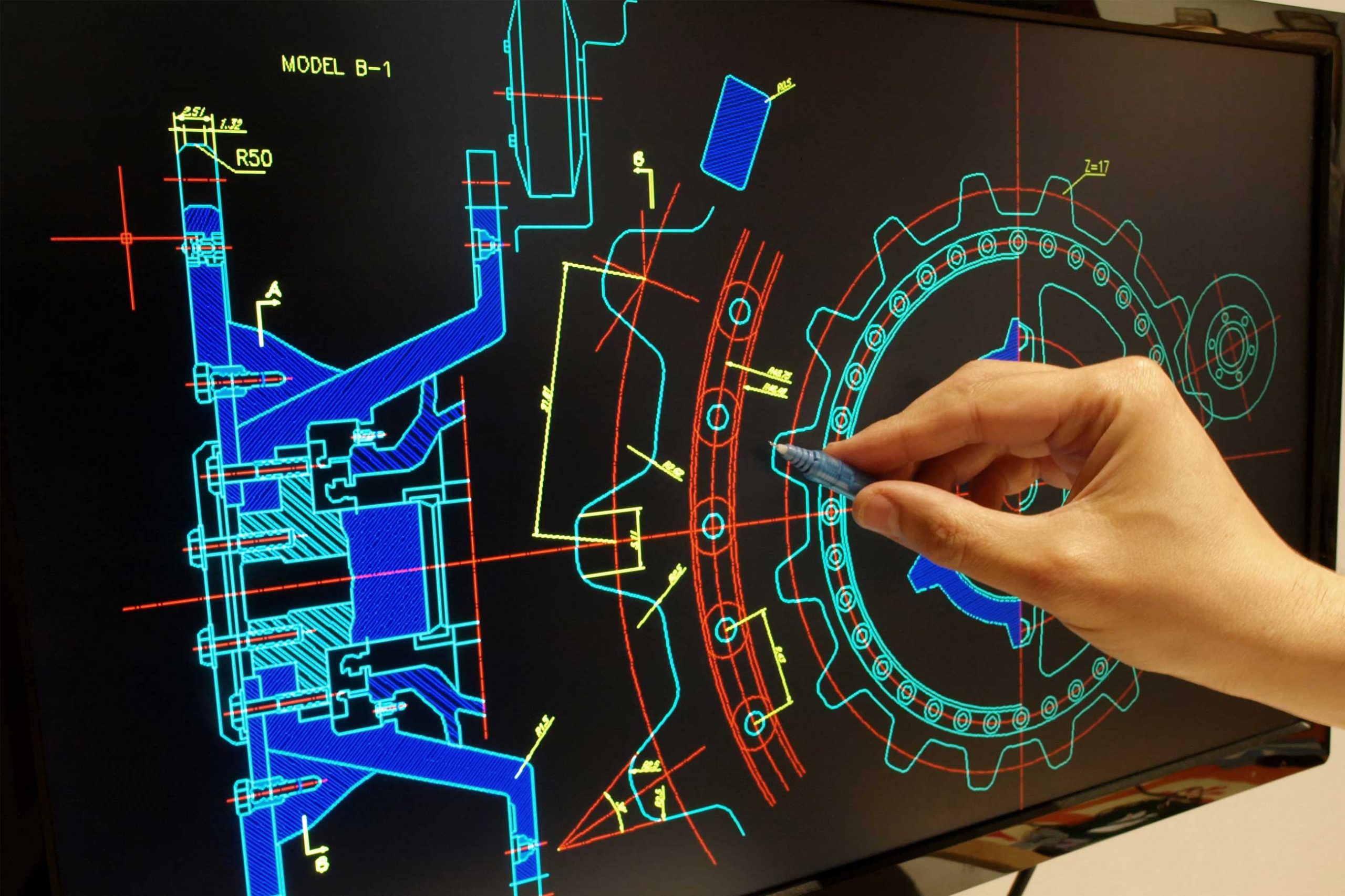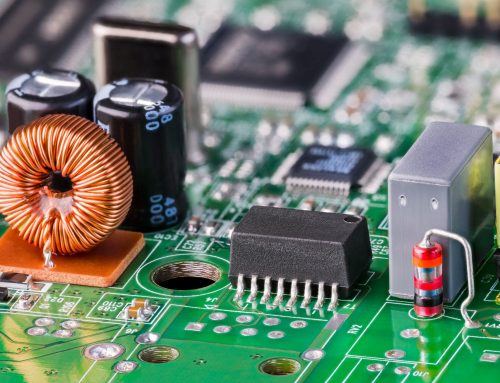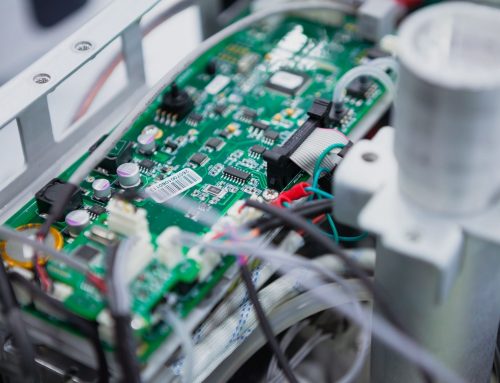Technology is anything but static and when it comes to change, it happens fast. The electronics industry has changed dramatically in recent years – with innovation stemming from the demand for low-cost products with high-performing properties and the growing use of electronic devices in daily life. And it shows no signs of slowing down anytime soon.
We take a look at the ways in which technology has changed (and is continuing to change) electronics design and the manufacturing process, enabling engineers to create more intricate and exciting products…
Good things come in small packages
Microelectronic technologies have had a significant impact on the design and development of various electronic devices. These minute components use up a small amount of electric power and allow traditional circuit boards to be made into more compact sizes. Through the increasing application of microelectronics, we have seen the introduction of various devices such as wearable and flexible electronics, wireless charging, LCD displays, smart lighting and encapsulation technologies, among others.
The decreasing size of technology plays a crucial part in these devices. In the past, the bigger an electronic gadget was, the better it is was expected to be. Just take a look back at the first computers or laptops as an example – their size defines their power and capability. But this is no longer the case. Thanks to microelectronics, engineers have been able to design and develop powerful, streamlined laptops which can easily be taken anywhere – a far cry from the cumbersome models of the past.
Another significant area of application is image or screen displays. Using microelectronics, the newer LCD displays are now thinner, sharper and of an immensely higher quality than what they used to be. Not only that, but they also consume much less energy. Previously made of Cathode Ray Tube (CRT) which works with electron beams to scans rows of phosphor, Liquid Crystal Displays (LCD) form images through a backlight on the pixels of the liquid crystals instead. Companies like LG, Samsung, Toshiba and Sharp are all producing great TV designs using the latest LCD display technology.
Wearable technology has also been realised and come a long way with the innovation of microelectronics – proving that small doesn’t mean lack of functionality. As such, companies like Apple have been able to design and develop electronic devices that are as small as a wristwatch, but with all the computing functionality integrated.
A new way of working
To keep up the pace in a highly competitive and demanding industry, manufacturers must take every opportunity to become more efficient by streamlining processes and controlling costs. That’s where technology comes in.
The great thing about microelectronics is that they are cost effective and easy to implement – a driving factor for many manufacturers to increase their production capacity. In fact, they have improved expansion in many electronics manufacturing companies, while encouraging engineers and to be more innovative and creative in their productions.
Automated systems and complex machinery have already increased output and revolutionised mass production – slashing manufacturing costs and, in turn, the price of electronic devices and gadgets. But the smart factories of tomorrow will move beyond basic automation by integrating these new technologies into every part of the manufacturing process. This new model will also enable manufacturers to make use of artificial intelligence, virtual and augmented reality and the Internet of Things – enabling factories to be flexible, hyper-efficient and fully connected.
For example, technology can be used to automate recurring tasks in the purchase order and RFQ process – resulting in greater efficiency, faster process cycles and better management of resources. While smart glasses which visibly transmit step-by-step manufacturing instructions can revolutionise communication on the factory floor. Data analytics tools can also improve the electronics component supply chain by creating models for testing different scenarios to achieve cost savings, boost production and reduce errors.
Turning ideas into products
Even though the electronics industry is constantly evolving, the skills needed by engineers never really change. The ability to work as a team and solve problems with innovative solutions remains crucial.
With over 35 years’ experience, the experts at EC Electronics have worked in a variety of industries on a range of new and exciting projects, so we can provide the expertise you need to design and develop a quality product. Our multi-skilled engineers work together to provide input into all new PCB product designs – thinking of everything from start to finish and using the latest technologies and state-of-the-art CAD software tools to ensure your design ideas turn into a reality.
Please get in touch today to discuss the requirements of your next project – our friendly team will be happy to have a chat and advise you on the best plan of action!









